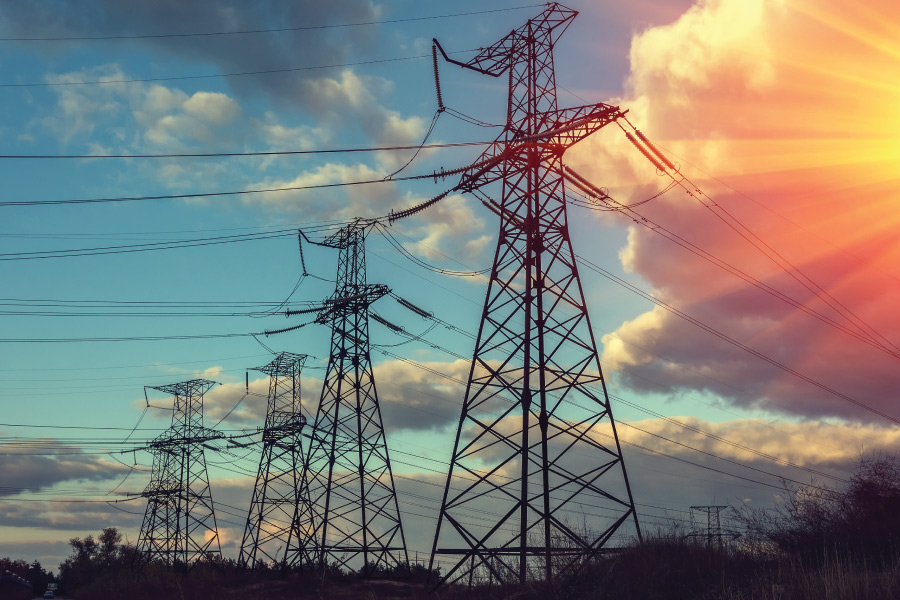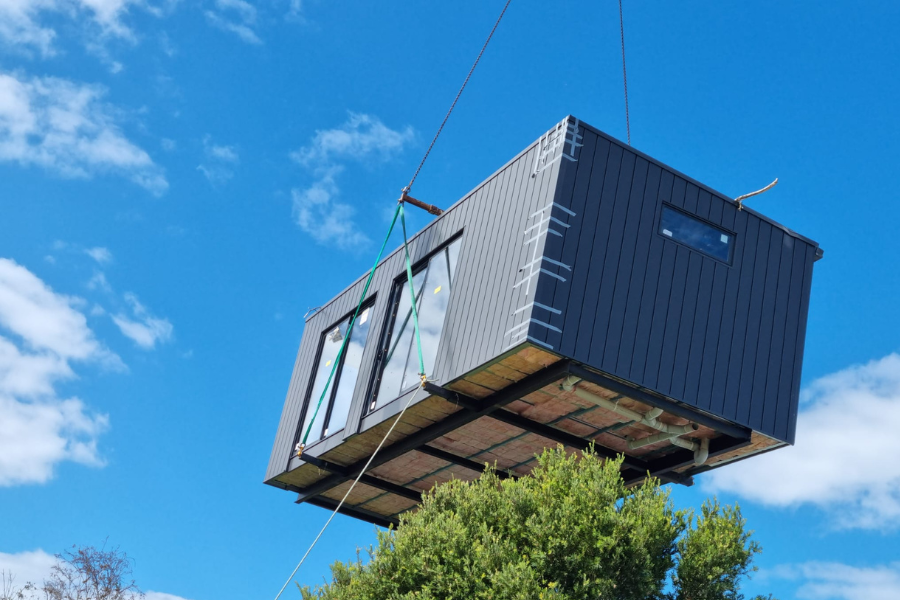Sep 21, 2022
New Report: High Electricity Prices are Slowing California’s Progress Toward an Equitable Clean Energy Future
The authors – UC Berkeley professors Severin Borenstein, Meredith Fowlie, and James Sallee – are recommending that lawmakers and the California Public Utilities Commission explore two electricity rate reform alternatives that could deliver both efficiency and equity gains, and remove obstacles to electric vehicles and clean technology adoption by households.

A new report, “Paying for Electricity in California: How Residential Rate Design Impacts Equity and Electrification,” commissioned by Next 10 and authored by economists at UC Berkeley’s Energy Institute, finds that a hidden “electricity tax” disproportionately burdens lower-income households and discourages adoption of electric vehicles, heat pumps, and other clean technologies.
The Energy Institute study determined the impact of this “tax” and assessed options for the state of California to reform it after conducting an unprecedented analysis at the utility bills of more than 11 million California households served by the state’s three largest investor-owned utilities (IOUs): San Diego Gas & Electric (SDG&E), Pacific Gas & Electric (PG&E), and Southern California Edison (SCE).
The study will be released tomorrow, September 22. It is a follow up to the authors’ 2021 study, “Designing Electricity Rates for An Equitable Energy Transition.” Data from this report reveal that the state’s three largest IOUs charge residential electricity customers much higher prices than are paid in most of the country—prices that are two to three times higher than the actual cost to produce and distribute the electricity provided. These high prices result from uncommonly large fixed costs that are bundled into kilowatt-hour prices and passed on to customers. These costs cover much of the generation, transmission and distribution fixed costs, as well as energy efficiency programs, subsidies for houses with rooftop solar and low-income customers, and increasing wildfire mitigation costs.
Compounding concerns over these high costs is the inequity of their distribution: as wealthier households transition to rooftop solar, the fixed costs are distributed through a smaller volume of kilowatt-hours delivered, raising the costs even more for remaining, lower-income customers at a time when an increasing number of Californians are struggling to pay their utility bills. About 8 million residents currently owe money to IOUs, according to a recent presentation by the California Public Utility Commission.
The authors – UC Berkeley professors Severin Borenstein, Meredith Fowlie, and James Sallee – are recommending that lawmakers and the California Public Utilities Commission explore two electricity rate reform alternatives that could deliver both efficiency and equity gains, and remove obstacles to electric vehicles and clean technology adoption by households.





